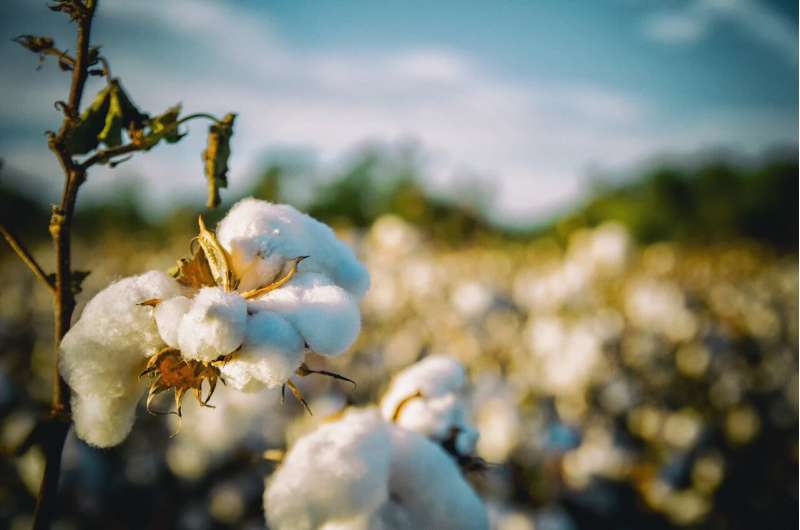Invasive green bugs are not welcome guests in Texas

Sadie Harley
scientific editor

Andrew Zinin
lead editor

An unwelcome guest has arrived in Texas and, if left unchecked, could pose challenges to the state's agricultural industry.
The cotton jassid, better known as the two-spot cotton leafhopper, is an invasive pest that was recently detected in some regions in Texas.
The leafhopper has been found on hibiscus plants in nurseries in Waco, San Antonio, El Paso and Corpus Christi, among other places, according to the Texas A&M AgriLife Extension Integrated Pest Management Program.
"It's mostly in cities in the southern half of Texas because it's on the tropical plant hibiscus," said Agriculture Commissioner Sid Miller.
"We haven't found any in the Dallas area yet," he said.
These pale green bugs with yellow-green wings find their home in a wide range of hosts, including cotton, okra, peanuts, soybeans, sunflowers, eggplant, potato and many ornamental plants, according to a fact sheet compiled by Texas A&M AgriLife Extension's Integrated Pest Management Program.
"It's a very, very tiny insect. It's hard to spot," Miller said. "By the time the farmer spots it, the damage may have been done."
Invasive species are organisms that are not native to an ecosystem and can cause harm to the existing environment, economy or to the health of people, animals and plants, according to the U.S. Department of Agriculture.
These organisms usually spread through many different channels, often accidentally by people. The invasive insects can be transported through wooden shipping palettes and crates shipped across the globe.
Invasive species are different from nonnative species, even though both of these terms are often used interchangeably.
For a plant or animal to be invasive, it must do harm, according to the National Park Service. Unlike invasive species, nonnative species do not hinder or restrict the survival of native species in an ecosystem.
The cotton jassid is native to Asian countries such as Japan, Indonesia and India, where it is a serious economic pest in the cotton industry.
In August, several regions in northern India were threatened by an infestation of leafhoppers, as farmers sought to protect crops, news outlets in the country reported.
The pest has been extremely difficult to control in India and can destroy as much as half of cotton crops, according to the Texas A&M fact sheet.
The Texas A&M AgriLife Extension and the state agriculture department are working to help identify the insects, Miller said. A course of action, he said, is to spray infected crops with insecticides.
The cotton jassid has not yet established itself in the region, said David Kerns from the department of entomology at Texas A&M University. He said once there is a larger population with multiple generations of the pest living in the region, it would be safe to assume that it has become established.
For now, Kerns said, "I don't necessarily think we'll find large populations." It remains to be seen how widespread the bugs could reemerge in the spring.
Texas is the largest producer of cotton in the country and has contributed approximately 40% of U.S. cotton production in recent years, according to the Department of Agriculture. Georgia, Mississippi and Arkansas are among other top producers of cotton in the country.
The green pest was found in Puerto Rico in 2023 and then in the Caribbean Islands and Florida in 2024. By 2025, infestations were reported in multiple counties in Georgia, Alabama and South Carolina.
And now, Texas.
The university's fact sheet mentioned female cotton jassids lay multiple eggs which hatch in approximately one week. Adults can live up to five weeks. However, the life cycle can vary depending on temperature and humidity.
Kerns said for this pest to survive, it has to have a living host year round. The winter freeze should eliminate the bugs.
"If we have a very mild winter, you know, we'll probably have less mortality of the insect in South Texas," he said.
2025 The Dallas Morning News. Distributed by Tribune Content Agency, LLC.



















